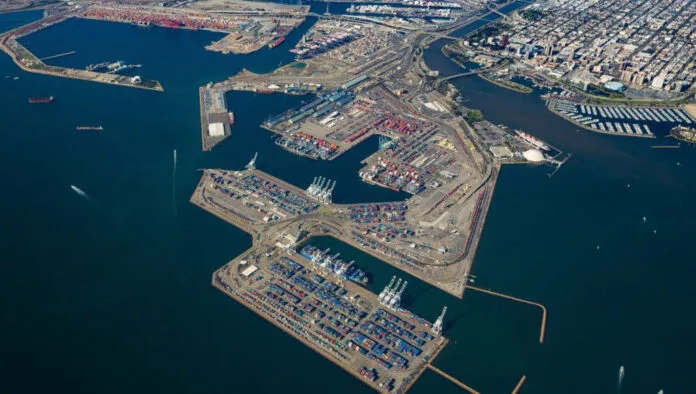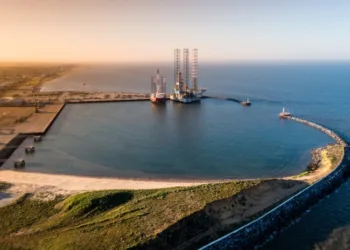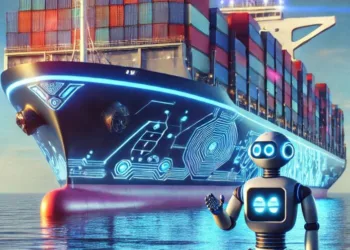JERA Nex BP, a joint venture between energy major BP and Japan’s largest utility JERA, has commissioned a new hydrogen bunkering facility at the Port of Ostend.
During its demonstration phase in 2025, the station in Ostend will initially serve one hydrogen-powered CTV, the Hydrocat 48, owned and operated by Windcat. However, the station can refuel several vessels per day.
The hydrogen refuelling station will fill a critical gap in the flow of green hydrogen from production to maritime users, acting as a proof of concept of what is possible in decarbonising offshore wind at sea.
The hydrogen-powered CTVs are purpose-built for offshore wind operations and could help the company decarbonise the maintenance of its facilities by cutting fleet emissions.
The joint venture operates the 165MW Nobelwind offshore wind farm located 47 km off the coast of Ostend. It has 50 wind turbines and has been operational since 2017.
JERA Nex BP led the development of and demonstration activities for the refuelling station in collaboration with over ten partners — including industrial stakeholders and research institutions — and with coordination support from the Port of Ostend.
Haskel served as the main contractor, overseeing the project’s construction. The green hydrogen currently used in the project is produced from renewable electricity in France and Germany, supplied by Lhyfe.
As part of its broader R&D strategy, JERA Nex bp is pursuing multiple innovations aimed at improving the efficiency, reliability, and sustainability of offshore operations. These include the development of predictive maintenance systems for offshore infrastructure, aquaculture integration, and lightweight materials for maritime.
“By investing in projects like this, we’re accelerating the shift toward cleaner, smarter offshore operations and proving that sustainability and performance can go hand in hand,” said Kristof Verlinden, head of global O&M at JERA Nex BP.




















